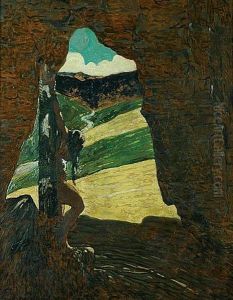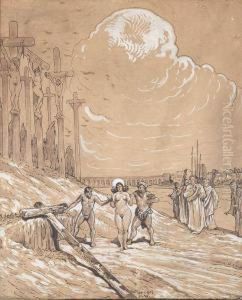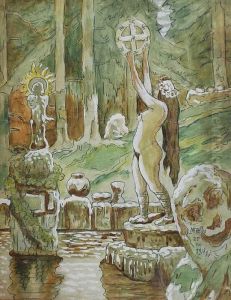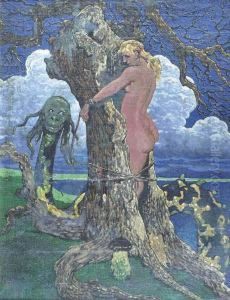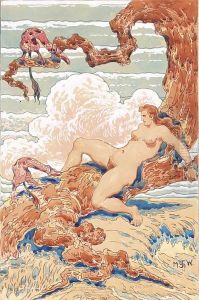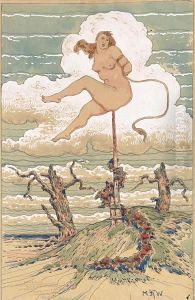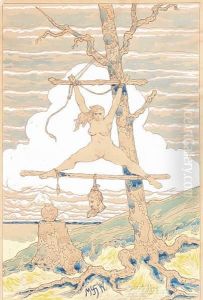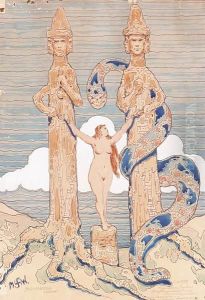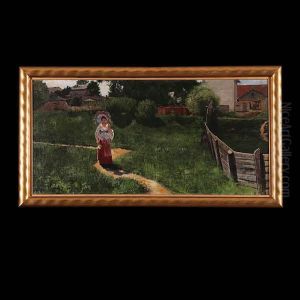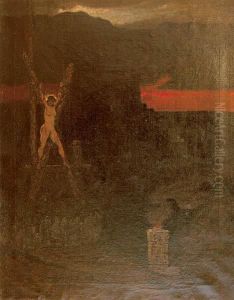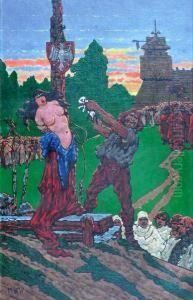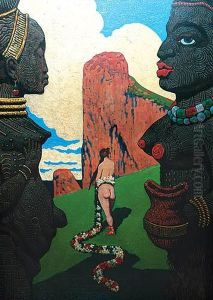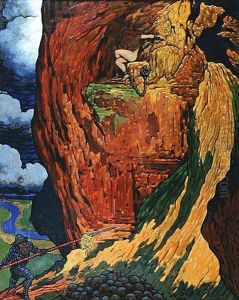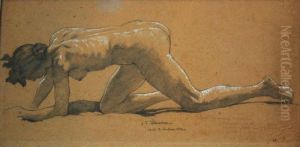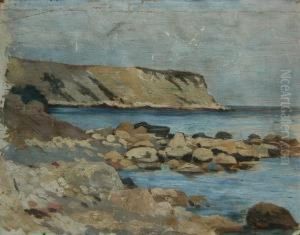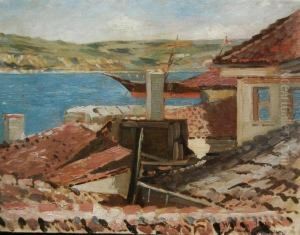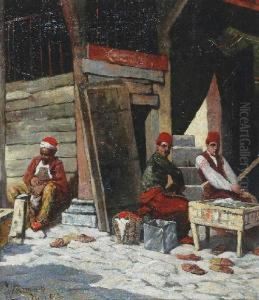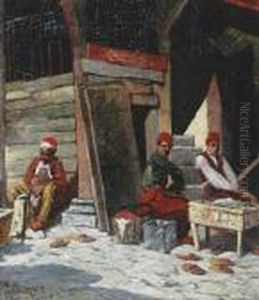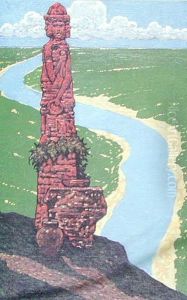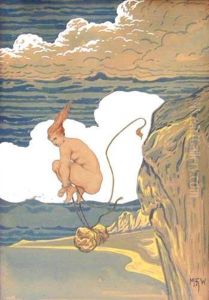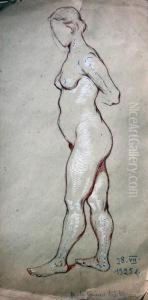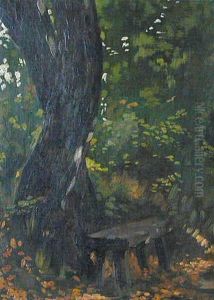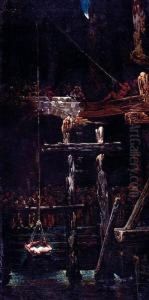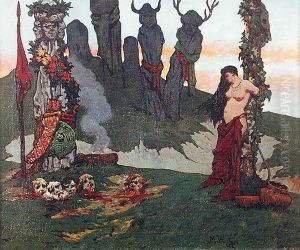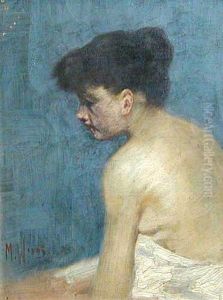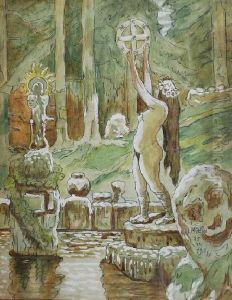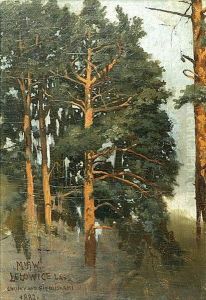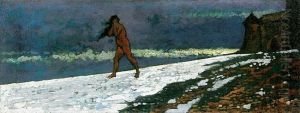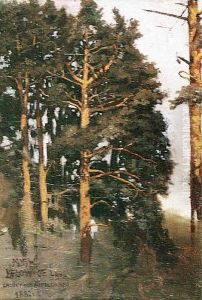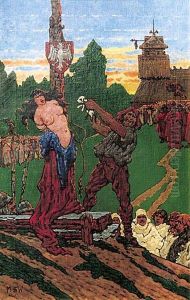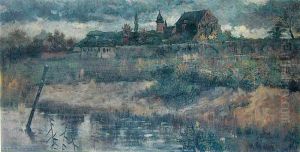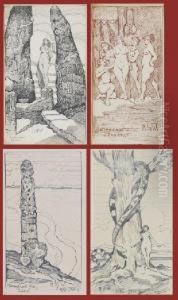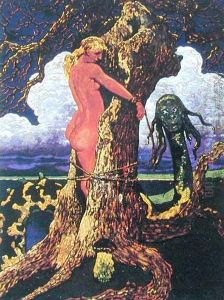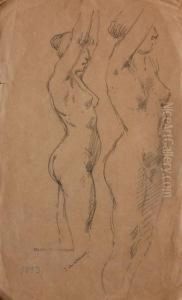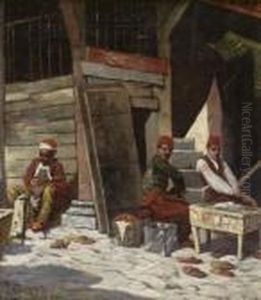Marian, Michal Wawrzeniecki Paintings
Marian Michal Wawrzeniecki was a Polish artist known primarily for his work in sculpture. Born on August 23, 1869, in the town of Minsk in the Russian Empire (now the capital of Belarus), Wawrzeniecki was active during a period in which Poland was partitioned and not an independent state, which greatly influenced his artistic themes and choices.
Wawrzeniecki's early education and exposure to art came through his studies at various institutions, including the Imperial Academy of Arts in Saint Petersburg, which was one of the most prestigious art schools in the Russian Empire. During his time at the academy, he honed his skills in sculpture and became immersed in the academic art traditions of the time.
After completing his education, Wawrzeniecki traveled and worked in various parts of Europe, including Italy, which was a central place for any artist seeking to study classical art and Renaissance works. His experiences in Italy helped to refine his sculptural technique and aesthetic sensibilities.
Upon returning to the area of his birth, Wawrzeniecki became involved in the Polish art scene, contributing to the development of art in a region struggling for its identity and independence. His works often reflected the cultural and historical narratives of Poland, embodying national pride and a sense of resilience. He created a number of public monuments and sculptures that celebrated Polish history and heroes.
Throughout his career, Wawrzeniecki also engaged in teaching, passing on his skills and knowledge to a younger generation of artists. His influence was felt not only in his artworks but also in his role as an educator and mentor.
Marian Michal Wawrzeniecki passed away on May 28, 1938. His legacy lives on through his sculptures, many of which continue to be displayed in public spaces, serving as reminders of Poland's rich cultural heritage and its historical struggles for sovereignty and identity.
